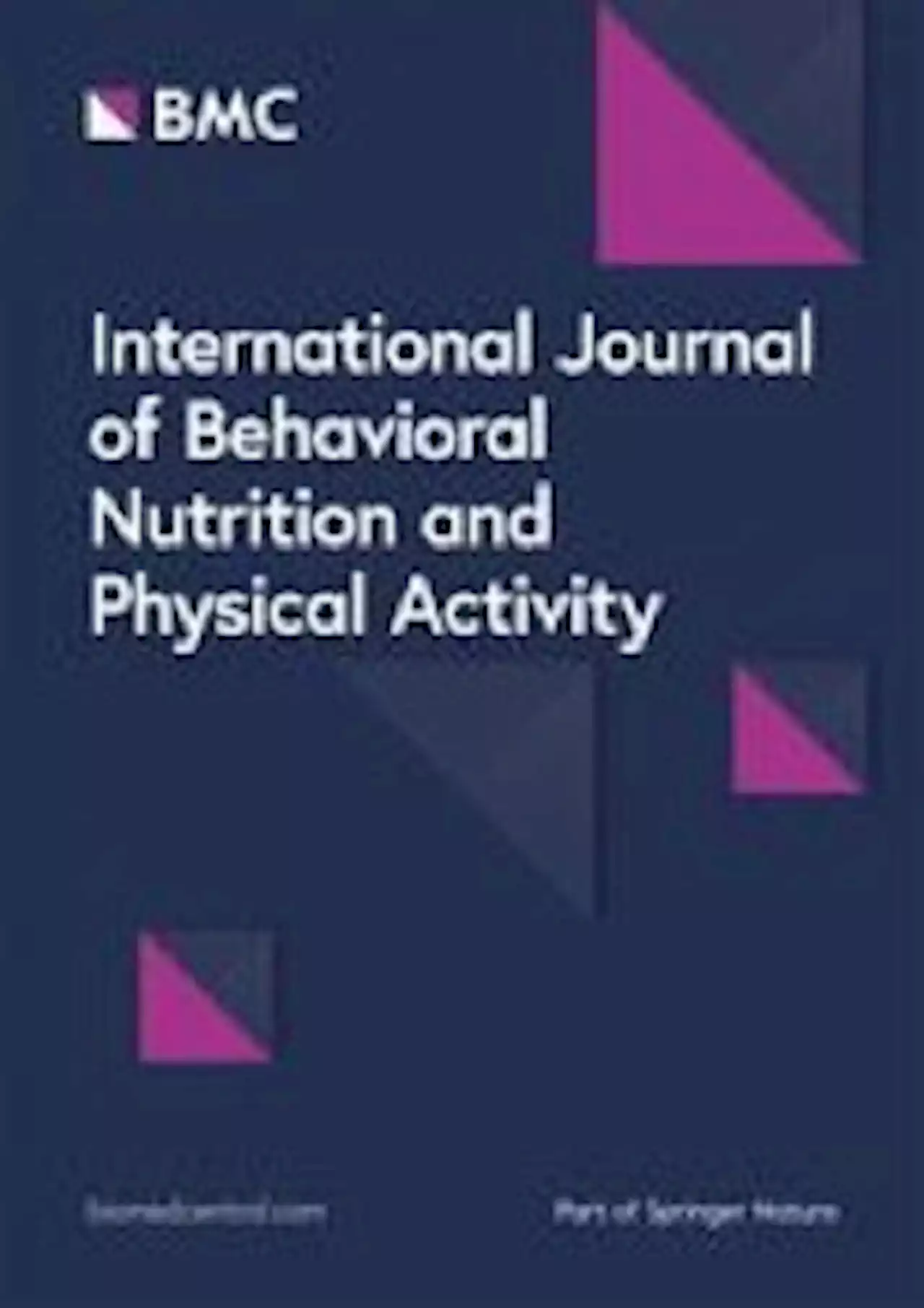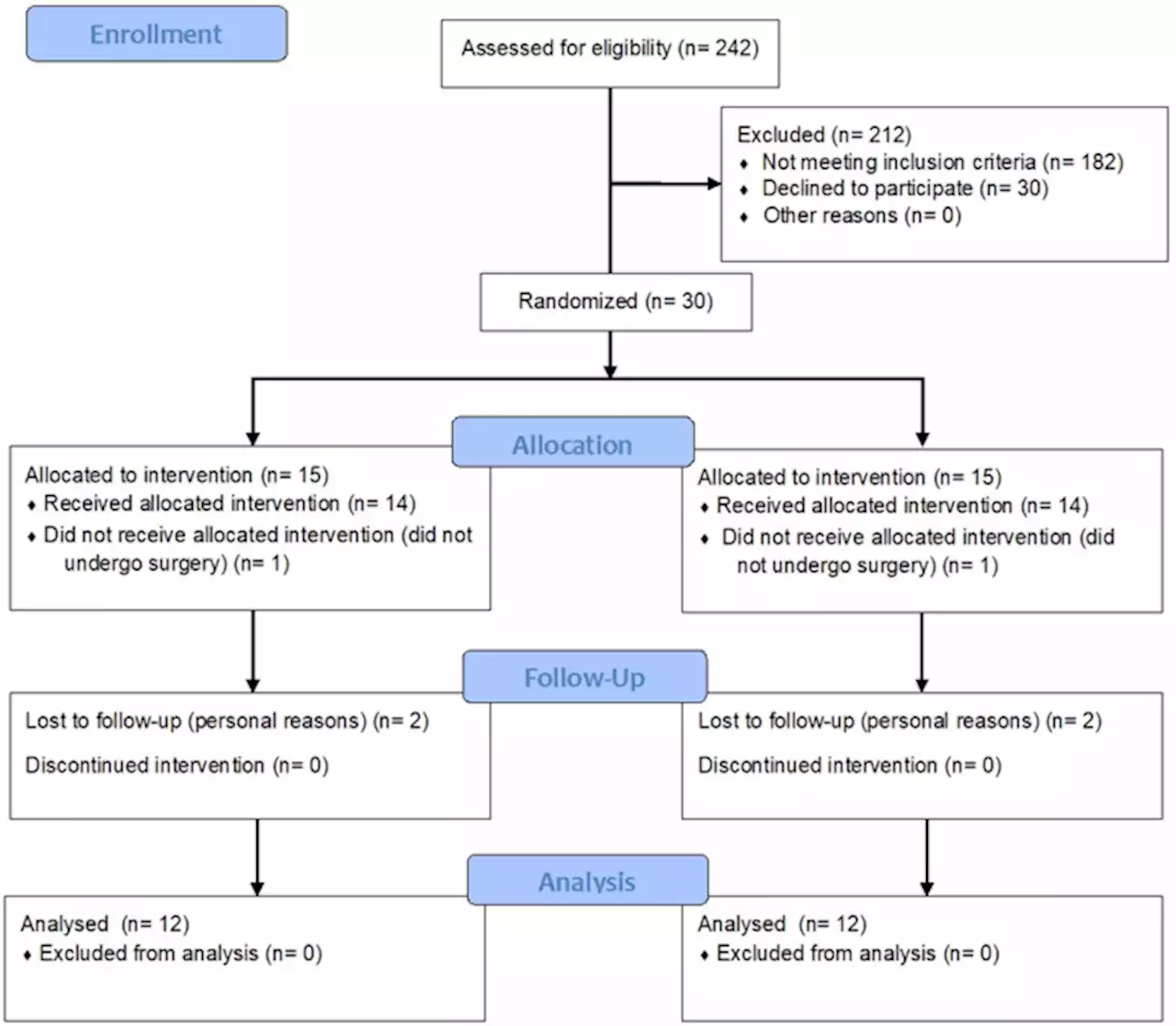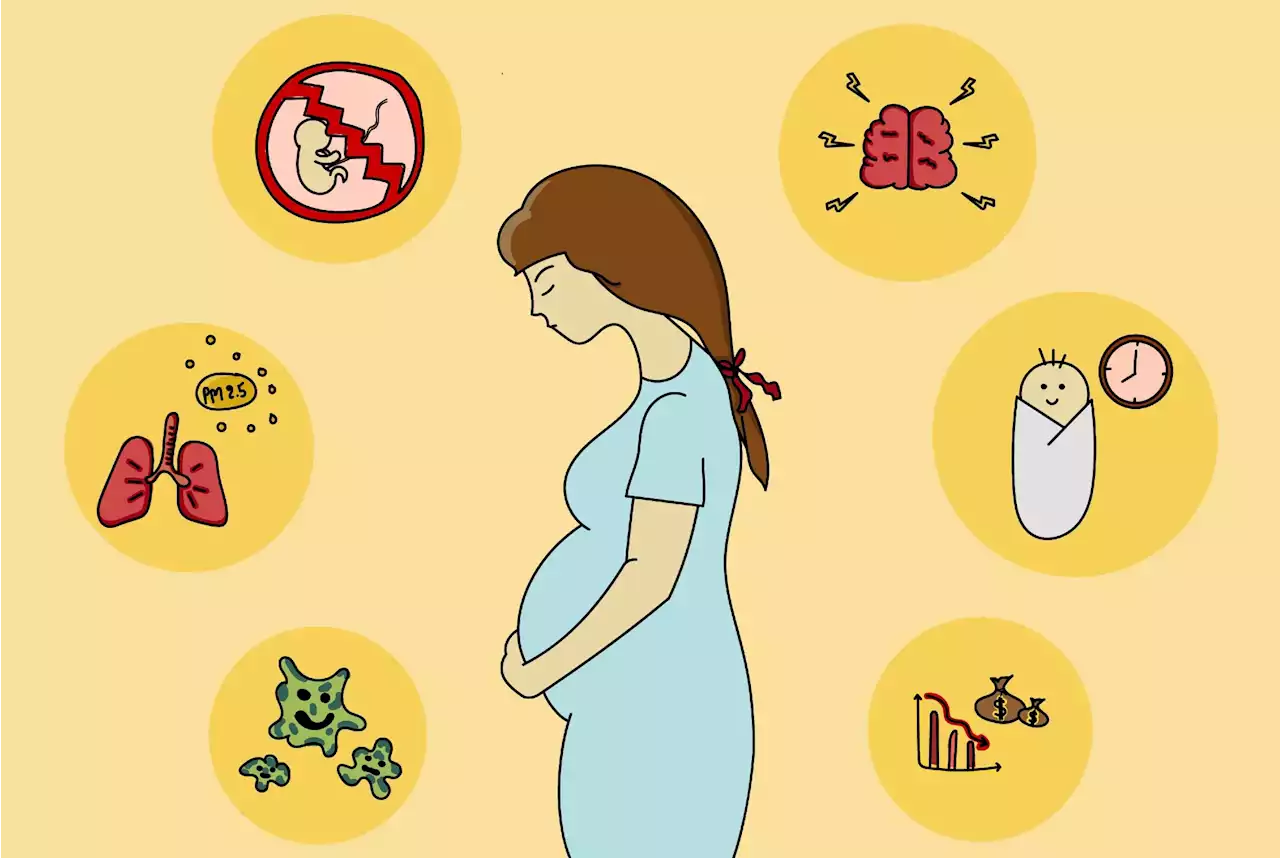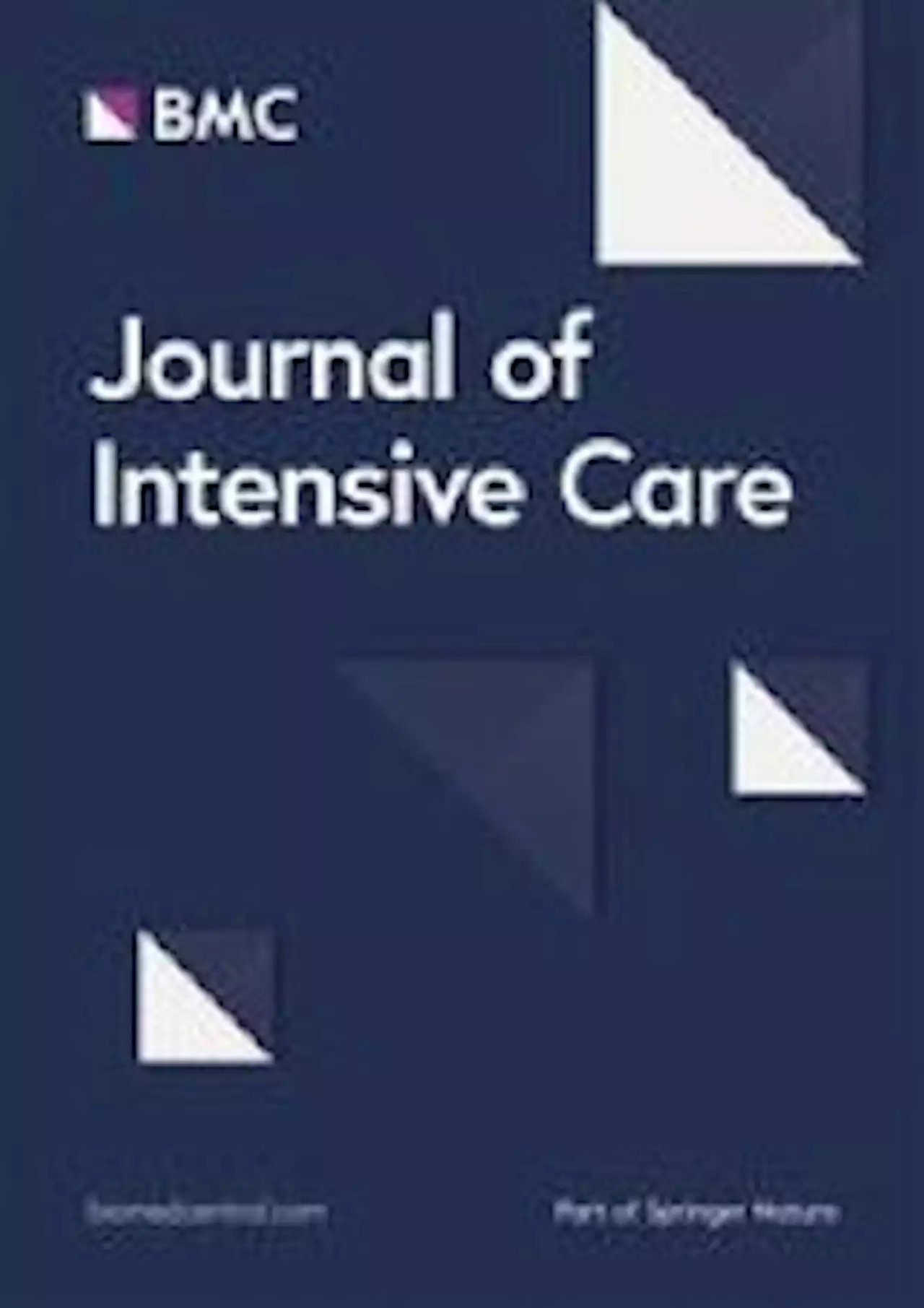A Review published in the Journal of Intensive Care summarizes the current standard of care for acute respiratory failure and acute respiratory distress syndrome based on current major guidelines in this field.
Acute respiratory failure is defined as acute and progressive hypoxemia developing within hours, days, or up to a month caused by various respiratory, cardiovascular, or systemic disease in previously healthy patients. ARF is distinguished from chronic respiratory failure and acute exacerbations of underlying respiratory disease.
Among ARF, acute respiratory distress syndrome is a serious condition associated with bilateral lung infiltration. ARDS may develop secondary to a variety of underlying conditions, diseases, or injuries (Table
United Kingdom Latest News, United Kingdom Headlines
Similar News:You can also read news stories similar to this one that we have collected from other news sources.
 Ards Peninsula 3G pitch agreed after ten year struggleThe pitch will be the home of Portavogie Rangers, seniors and juniors
Ards Peninsula 3G pitch agreed after ten year struggleThe pitch will be the home of Portavogie Rangers, seniors and juniors
Read more »
 Understanding school food systems to support the development and implementation of food based policies and interventions - International Journal of Behavioral Nutrition and Physical ActivityBackground Schools provide opportunities to improve the quality of children's diet, whilst reducing inequalities in childhood diet and health. Evidence supports whole school approaches, including consistency in food quality, eating culture and food education. However, such approaches are often poorly implemented due to the highly complex environments in which schools operate. We aimed to develop a school food systems map using a systems thinking approach to help identify the key factors influencing primary school children’s dietary choice. Methods Eight workshops were conducted with 80 children (from schools from varying locations (region of England/UK; urban/rural), deprivation levels and prioritisation of school food policies)) and 11 workshops were held with 82 adult stakeholders across the UK (principals, teachers, caterers, school governors, parents, and local and voluntary sector organisations) to identify factors that influence food choice in children across a school day and their inter-relationships. Initial exploratory workshops started with a ‘blank canvas’ using a group model building approach. Later workshops consolidated findings and supported a wider discussion of factors, relationships and influences within the systems map. Strengths of the relationship between factors/nodes were agreed by stakeholders and individually depicted on the map. We facilitated an additional eight interactive, in-person workshops with children to map their activities across a whole school day to enable the production of a journey map which was shared with stakeholders in workshops to facilitate discussion. Results The final ‘CONNECTS-Food’ systems map included 202 factors that were grouped into 27 nodes. Thematic analysis identified four key themes: leadership and curriculum; child food preference; home environment; and school food environment. Network analysis highlighted key factors that influence child diet across a school day, which were largely in keeping with the thema
Understanding school food systems to support the development and implementation of food based policies and interventions - International Journal of Behavioral Nutrition and Physical ActivityBackground Schools provide opportunities to improve the quality of children's diet, whilst reducing inequalities in childhood diet and health. Evidence supports whole school approaches, including consistency in food quality, eating culture and food education. However, such approaches are often poorly implemented due to the highly complex environments in which schools operate. We aimed to develop a school food systems map using a systems thinking approach to help identify the key factors influencing primary school children’s dietary choice. Methods Eight workshops were conducted with 80 children (from schools from varying locations (region of England/UK; urban/rural), deprivation levels and prioritisation of school food policies)) and 11 workshops were held with 82 adult stakeholders across the UK (principals, teachers, caterers, school governors, parents, and local and voluntary sector organisations) to identify factors that influence food choice in children across a school day and their inter-relationships. Initial exploratory workshops started with a ‘blank canvas’ using a group model building approach. Later workshops consolidated findings and supported a wider discussion of factors, relationships and influences within the systems map. Strengths of the relationship between factors/nodes were agreed by stakeholders and individually depicted on the map. We facilitated an additional eight interactive, in-person workshops with children to map their activities across a whole school day to enable the production of a journey map which was shared with stakeholders in workshops to facilitate discussion. Results The final ‘CONNECTS-Food’ systems map included 202 factors that were grouped into 27 nodes. Thematic analysis identified four key themes: leadership and curriculum; child food preference; home environment; and school food environment. Network analysis highlighted key factors that influence child diet across a school day, which were largely in keeping with the thema
Read more »
 Exercise modifies hypothalamic connectivity and brain functional networks in women after bariatric surgery: a randomized clinical trial - International Journal of ObesityInternational Journal of Obesity - Exercise modifies hypothalamic connectivity and brain functional networks in women after bariatric surgery: a randomized clinical trial
Exercise modifies hypothalamic connectivity and brain functional networks in women after bariatric surgery: a randomized clinical trial - International Journal of ObesityInternational Journal of Obesity - Exercise modifies hypothalamic connectivity and brain functional networks in women after bariatric surgery: a randomized clinical trial
Read more »
 Dietary magnesium intake is related to larger brain volumes and lower white matter lesions with notable sex differences - European Journal of NutritionPurpose To examine the association between dietary magnesium (Mg) intake and brain volumes and white matter lesions (WMLs) in middle to early old age. Methods Participants (aged 40–73 years) from UK Biobank (n = 6001) were included and stratified by sex. Dietary Mg was measured using an online computerised 24 h recall questionnaire to estimate daily Mg intake. Latent class analysis and hierarchical linear regression models were performed to investigate the association between baseline dietary Mg, Mg trajectories, and brain volumes and WMLs. Associations between baseline Mg, and baseline blood pressure (BP) measures, and baseline Mg, Mg trajectories and BP changes (between baseline and wave 2) were also investigated to assess whether BP mediates the link between Mg intake and brain health. All analyses controlled for health and socio-demographic covariates. Possible interactions between menopausal status and Mg trajectories in predicting brain volumes and WMLs were also investigated. Results On average, higher baseline dietary Mg intake was associated with larger brain volumes (gray matter [GM]: 0.001% [SE = 0.0003]; left hippocampus [LHC]: 0.0013% [SE = 0.0006]; and right hippocampus [RHC]: 0.0023% [SE = 0.0006]) in both men and women. Latent class analysis of Mg intake revealed three classes: “high-decreasing” (men = 3.2%, women = 1.9%), “low-increasing” (men = 1.09%, women = 1.62%), and “stable normal” (men = 95.71%, women = 96.51%). In women, only the “high-decreasing” trajectory was significantly associated with larger brain volumes (GM: 1.17%, [SE = 0.58]; and RHC: 2.79% [SE = 1.11]) compared to the “normal-stable”, the “low-increasing” trajectory was associated with smaller brain volumes (GM: − 1.67%, [SE = 0.30]; white matter [WM]: − 0.85% [SE = 0.42]; LHC: − 2.43% [SE = 0.59]; and RHC: − 1.50% [SE = 0.57]) and larger WMLs (1.6% [SE = 0.53]). Associations between Mg and BP measures were mostly non-significant. Furthermore, the observed neuroprotective effect
Dietary magnesium intake is related to larger brain volumes and lower white matter lesions with notable sex differences - European Journal of NutritionPurpose To examine the association between dietary magnesium (Mg) intake and brain volumes and white matter lesions (WMLs) in middle to early old age. Methods Participants (aged 40–73 years) from UK Biobank (n = 6001) were included and stratified by sex. Dietary Mg was measured using an online computerised 24 h recall questionnaire to estimate daily Mg intake. Latent class analysis and hierarchical linear regression models were performed to investigate the association between baseline dietary Mg, Mg trajectories, and brain volumes and WMLs. Associations between baseline Mg, and baseline blood pressure (BP) measures, and baseline Mg, Mg trajectories and BP changes (between baseline and wave 2) were also investigated to assess whether BP mediates the link between Mg intake and brain health. All analyses controlled for health and socio-demographic covariates. Possible interactions between menopausal status and Mg trajectories in predicting brain volumes and WMLs were also investigated. Results On average, higher baseline dietary Mg intake was associated with larger brain volumes (gray matter [GM]: 0.001% [SE = 0.0003]; left hippocampus [LHC]: 0.0013% [SE = 0.0006]; and right hippocampus [RHC]: 0.0023% [SE = 0.0006]) in both men and women. Latent class analysis of Mg intake revealed three classes: “high-decreasing” (men = 3.2%, women = 1.9%), “low-increasing” (men = 1.09%, women = 1.62%), and “stable normal” (men = 95.71%, women = 96.51%). In women, only the “high-decreasing” trajectory was significantly associated with larger brain volumes (GM: 1.17%, [SE = 0.58]; and RHC: 2.79% [SE = 1.11]) compared to the “normal-stable”, the “low-increasing” trajectory was associated with smaller brain volumes (GM: − 1.67%, [SE = 0.30]; white matter [WM]: − 0.85% [SE = 0.42]; LHC: − 2.43% [SE = 0.59]; and RHC: − 1.50% [SE = 0.57]) and larger WMLs (1.6% [SE = 0.53]). Associations between Mg and BP measures were mostly non-significant. Furthermore, the observed neuroprotective effect
Read more »
 The effects of COVID-19 on stress, depression, and anxiety in pregnant and postpartum womenA recent study published in the journal Midwifery evaluated depression, stress, and anxiety in pregnant and postpartum individuals during the coronavirus disease 2019 (COVID-19) pandemic.
The effects of COVID-19 on stress, depression, and anxiety in pregnant and postpartum womenA recent study published in the journal Midwifery evaluated depression, stress, and anxiety in pregnant and postpartum individuals during the coronavirus disease 2019 (COVID-19) pandemic.
Read more »
